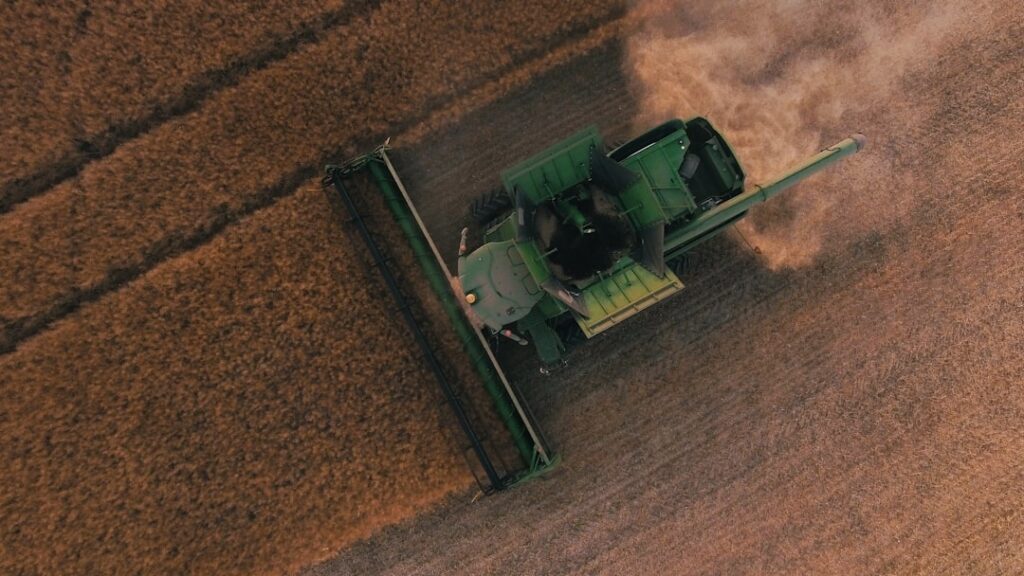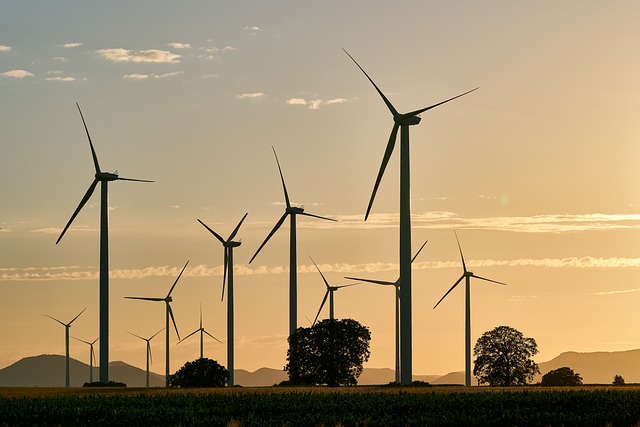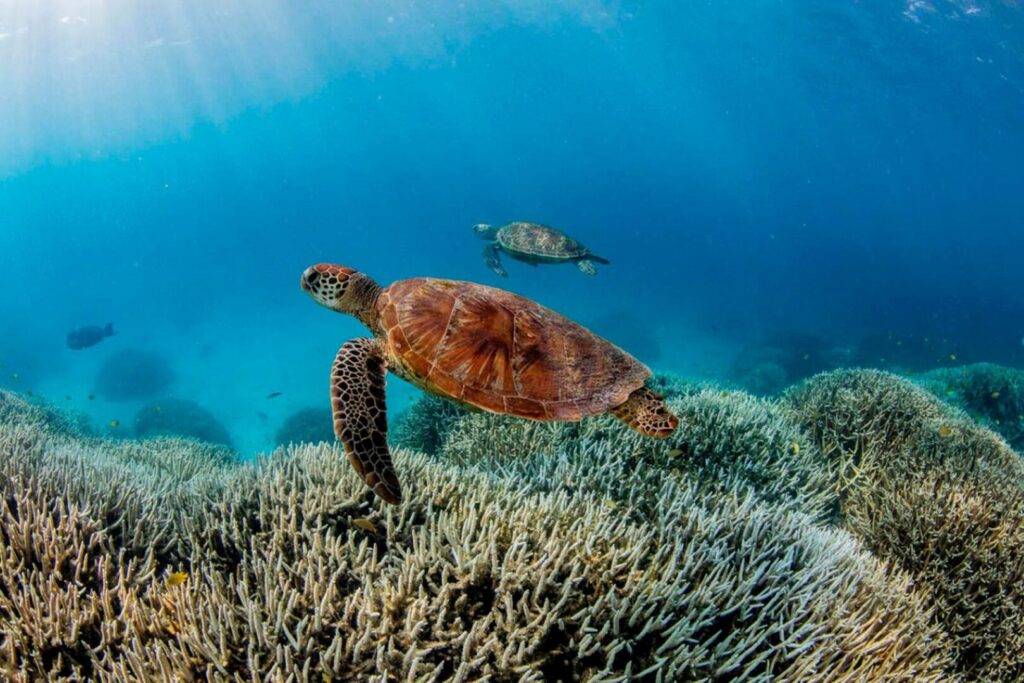The Living Planet Report 2024 A System in Perilof the World Wide Fund for Nature (WWF), revealed that over the last 50 years the average population size of the wild animals has been reduced by 73%, a decline in the biodiversity of the planet that threatens our future.
This drastic decline, based on the analysis of 35,000 population trends of 5,495 species, shows how human impact has affected various forms of life around the planet.
The document details that freshwater species are the most affected, with a drop of 85%, while terrestrial populations have declined by 69% and marine populations by 56%. Latin America and the Caribbean suffer the greatest impact, with a reduction of 95% in their fauna.
Although the European and North American regions have shown less decline, this is because they were already suffering heavy damage before 1970, the report says.
"By tracking changes in the size of species populations over time, the LPI is an early warning indicator of extinction risk and helps us understand the health of ecosystems," WWF says.
We need to transform our food system
This report shows that the degradation of ecosystemsdriven by our food systemrepresents the greatest threat to nature, so a transformation is urgently needed.
Overexploitation, invasive species, the climate change and pollution aggravate the crisis, weakening ecosystems and their capacity to sustain human life.
The report emphasizes that our food system The current situation, in addition to not providing adequate nutrition for all, is the main cause of biodiversity loss.

"The global food system is destroying biodiversity, depleting global water resources and changing the climate, but it is not providing the nutrition people need. Despite record production, some 735 million people go to bed hungry every night. Obesity rates are rising, while nearly a third of the world's population is not getting enough nutritious food on a regular basis," he says.
WWF details that food production uses 40% of all habitable land, making it the leading cause of habitat loss; it accounts for 70% of water use and is responsible for more than a quarter of the world's greenhouse gas emissions. greenhouse gases.
Transition to clean and renewable energy is a priority
Although progress has been made, there is a need to triple the investment in renewable energies by 2030 and ensure that the energy transition also benefits the most vulnerable populations.
The report stresses the need for careful planning to select the right renewables in the right locations, to avoid negative impacts and to develop power lines (or grids) without diluting environmental safeguards.
"More than 770 million people still lack access to electricity and nearly 3 billion continue to burn kerosene, coal, wood or other biomass for cooking. A just energy transition will have to ensure that people have access to modern and secure energy sources, and that the benefits and burdens are shared equitably," he says.

Financial system aligned to climate and biodiversity objectives
WWF believes that redirecting funds to sustainable projects and stopping the financing of harmful activities is essential to ensure a prosperous future for both humanity and the planet.
Biodiversity, as the report argues, is not only an indicator of planetary health, but a vital underpinning of our societies. Its decline threatens the essential services that nature provides us, from food and clean water to climate regulation. The scale of the challenge is immense, and the time to act is limited.
Source: WWF Mexico


